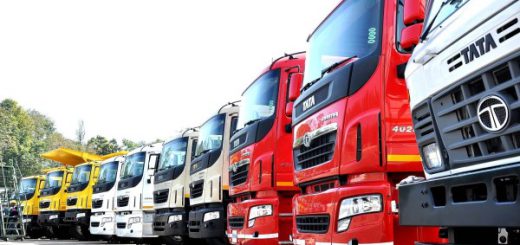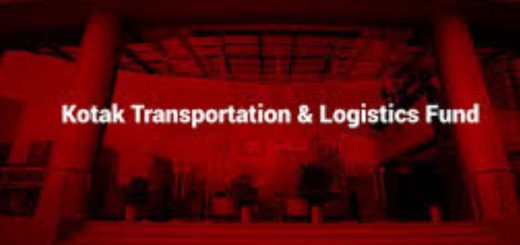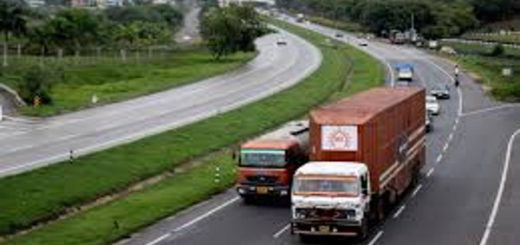Dedicated Freight Corridor: A Catalyst for India’s Economic Growth and Equitable Development
A recent study by Australia’s University of New South Wales found that India’s Dedicated Freight Corridor (DFC) project has significant financial benefits. The study, which was published in the Elsevier Journal, focused on the Western Dedicated Freight Corridor (WDFC) for the 2019–20 fiscal year and evaluated the financial boom’s impact on local and national infrastructure development using a Computable General Equilibrium (CGE) Model.
According to the study, the DFC contributed to a 0.5% drop in commodity charges by lowering freight costs and travel times. Furthermore, the DFC contributed to 2.94% of the sales growth reported by Indian Railways between FY 2018-19 and FY 2022-23. The study also revealed that establishing the DFC has resulted in average national monetary benefits, with the best benefits being found in western regions closest to the DFC due to significant freight fee reductions.
Notably, the study found that regions further away from the DFC also experienced economic advantages from the decreased transportation costs, indicating a “Social-Equalizing Effect.” This suggests that the DFC is helping bridge the economic gap, offering a path toward more equitable economic growth across the country. The study underscores the DFC’s role in reducing freight costs nationwide, which in turn drives GDP growth, and promoting equitable economic progress.
The 2,843-km long DFC project, passing through 56 districts in 7 states, is currently 96.4% complete. The 1337 km long Eastern Dedicated Freight Corridor (EDFC) runs from Ludhiana to Sonnagar and the 1506 km long WDFC connects Dadri with Mumbai. The EDFC is now 100% complete and operational, with feeder routes to different coal mines and thermal power plants. The WDFC is also 93.2% complete, with feeder routes serving various cement plants and the large ports of Mundra, Kandla, Pipavav, and Hazira in Gujarat.
Read More:- Green Hydrogen Initiative Set to Transform India’s Transportation Sector, Says Mustafa Wajid
The DFC has already shown impressive results, with an average of 325 trains running per day, a 60% increase from last year. The freight trains on DFC are speedier, heavier, and safer, and have carried over 232 billion GTKMs and 122 billion NTKMs payload since inception. Today, more than 10% of freight running of Indian Railways is handled by DFC.
The study’s findings emphasize the significant monetary benefits of the DFC assignment, which is expected to have a long-term impact on India’s economic growth and development. As the task nears completion, it is likely to significantly impact the United States GDP, promoting equitable economic development and closing the financial gap between regions. A comprehensive and holistic examination of the effect of DFC on the Indian economy is currently underway, and the results are expected to be even more promising.
Source By:- https://www.logisticsinsider.in/




Recent Comments